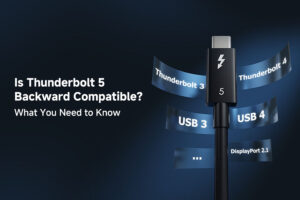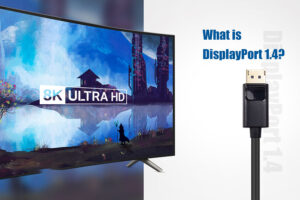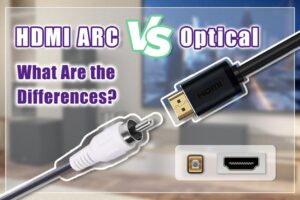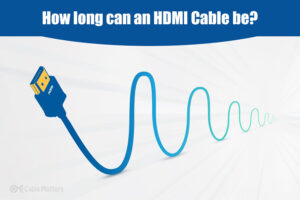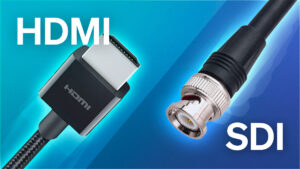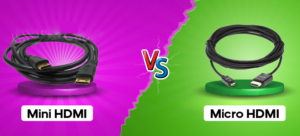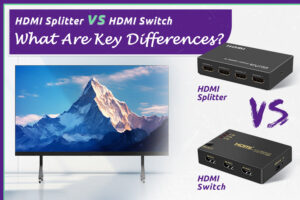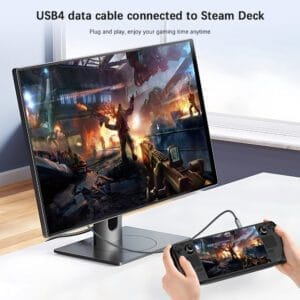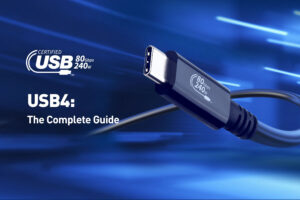
USB4: The Complete Guide [2025]
Introduction USB4 is the latest iteration of the Universal Serial Bus (USB) standard, bringing significant improvements in data transfer speeds, compatibility, and functionality. In this guide, we’ll explore the key features of USB4, how it compares to previous standards, and its applications in various devices. Key Features of USB4 1. High Data Transfer Speeds USB4 supports data transfer rates of up to 40 Gbps, which is a significant upgrade from previous USB standards. This high speed enables faster data transfer for applications such as external storage devices, high-resolution displays, and high-performance computing. Standard Maximum Data Transfer Rate USB 2.0 480 Mbps USB 3.0 5

